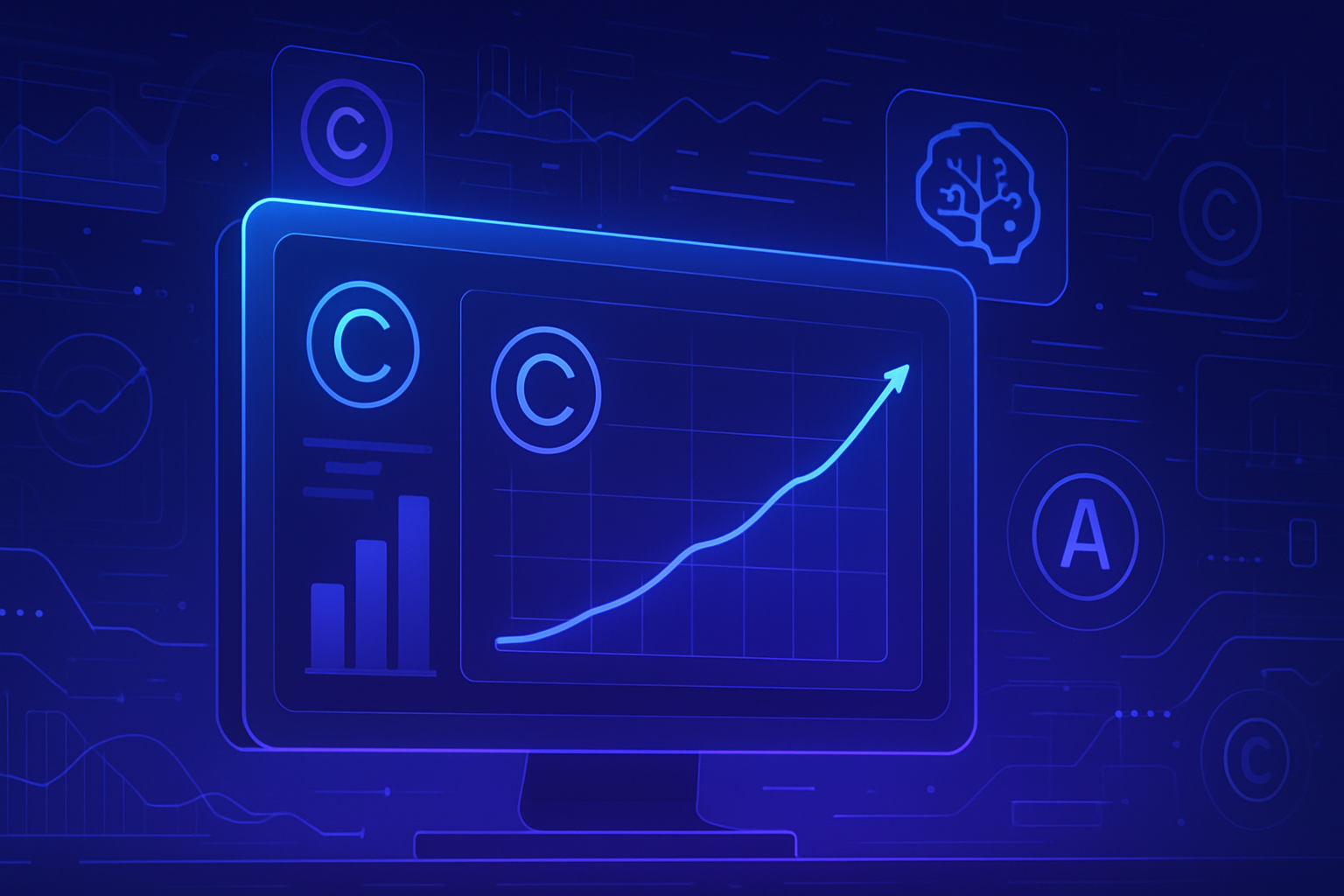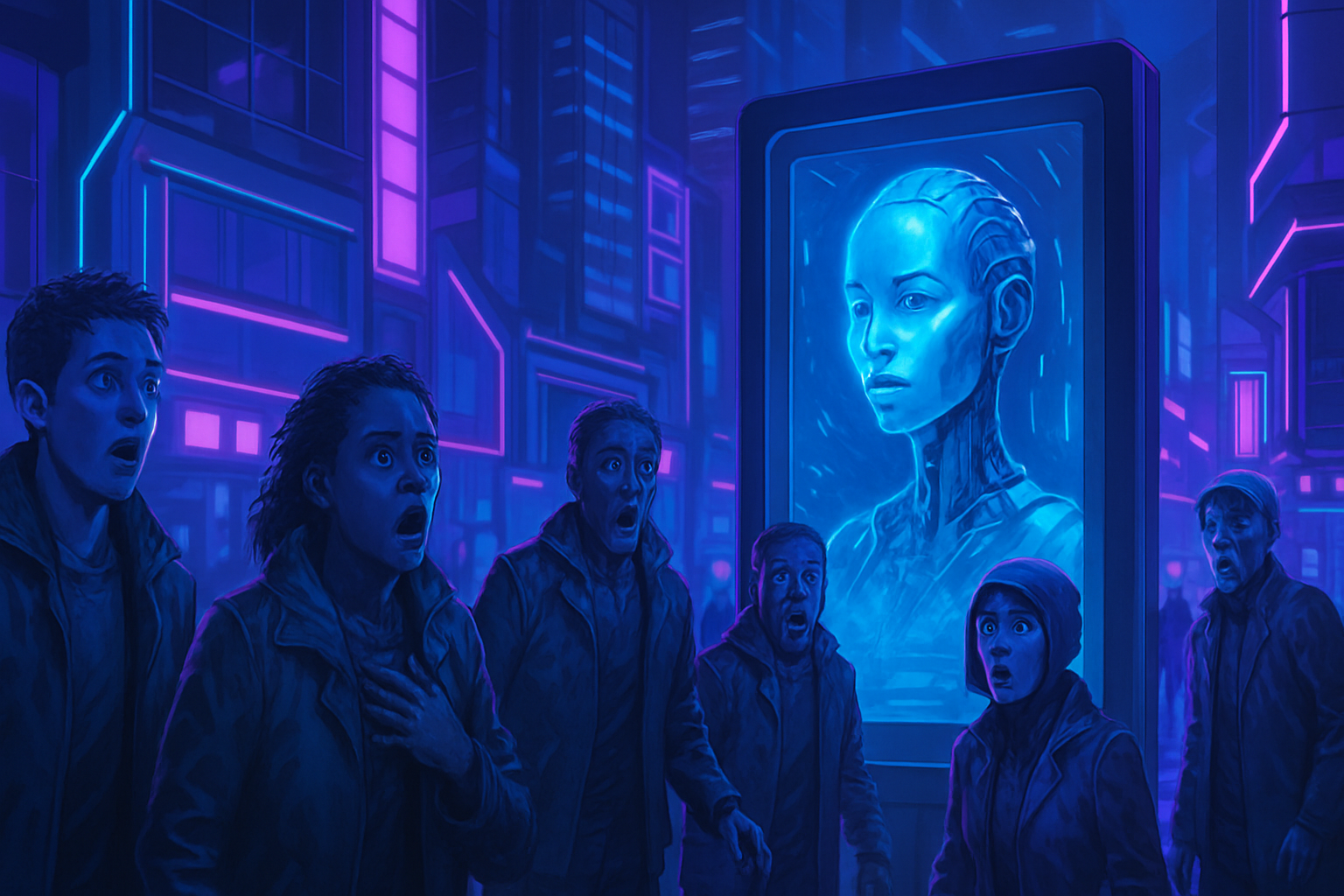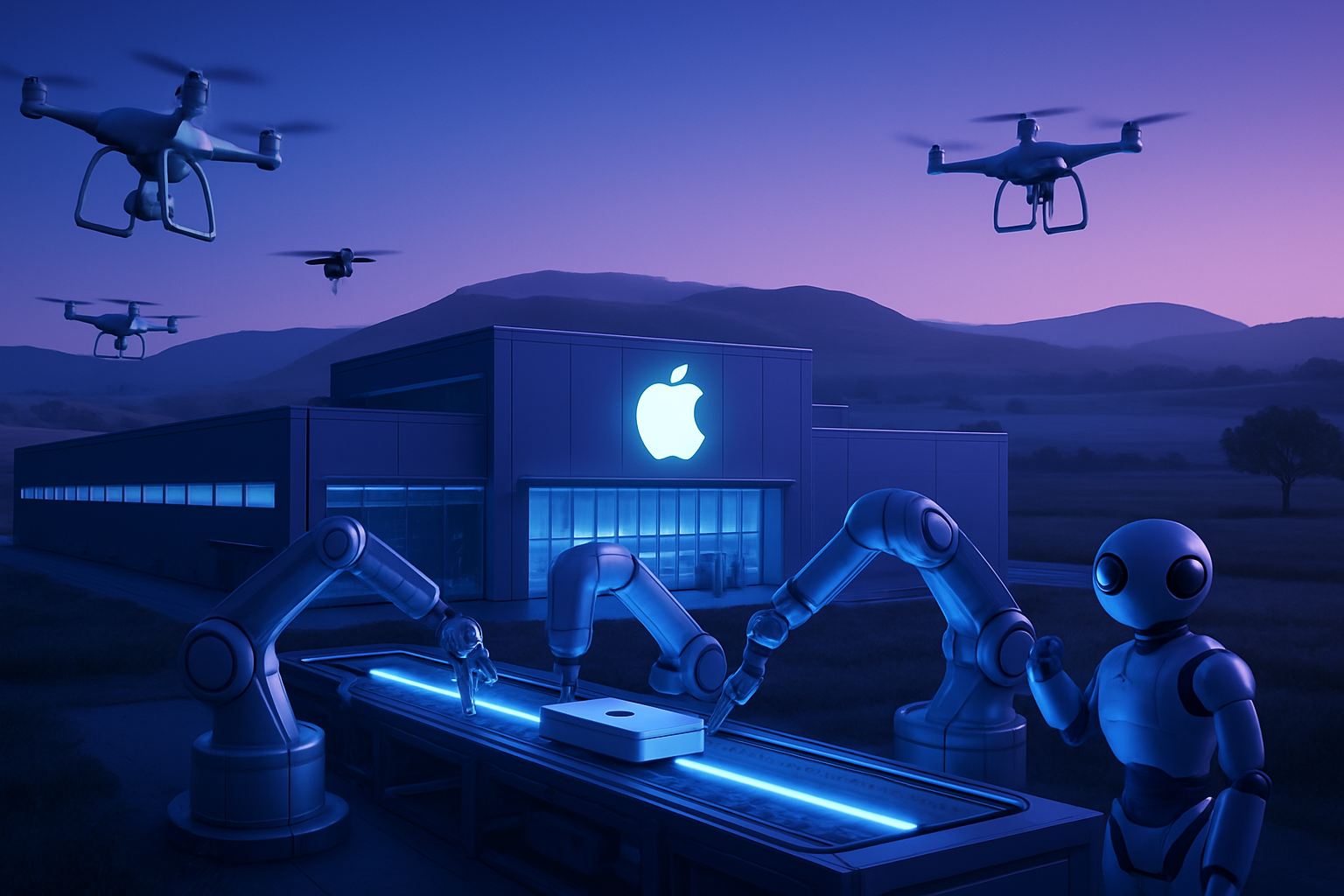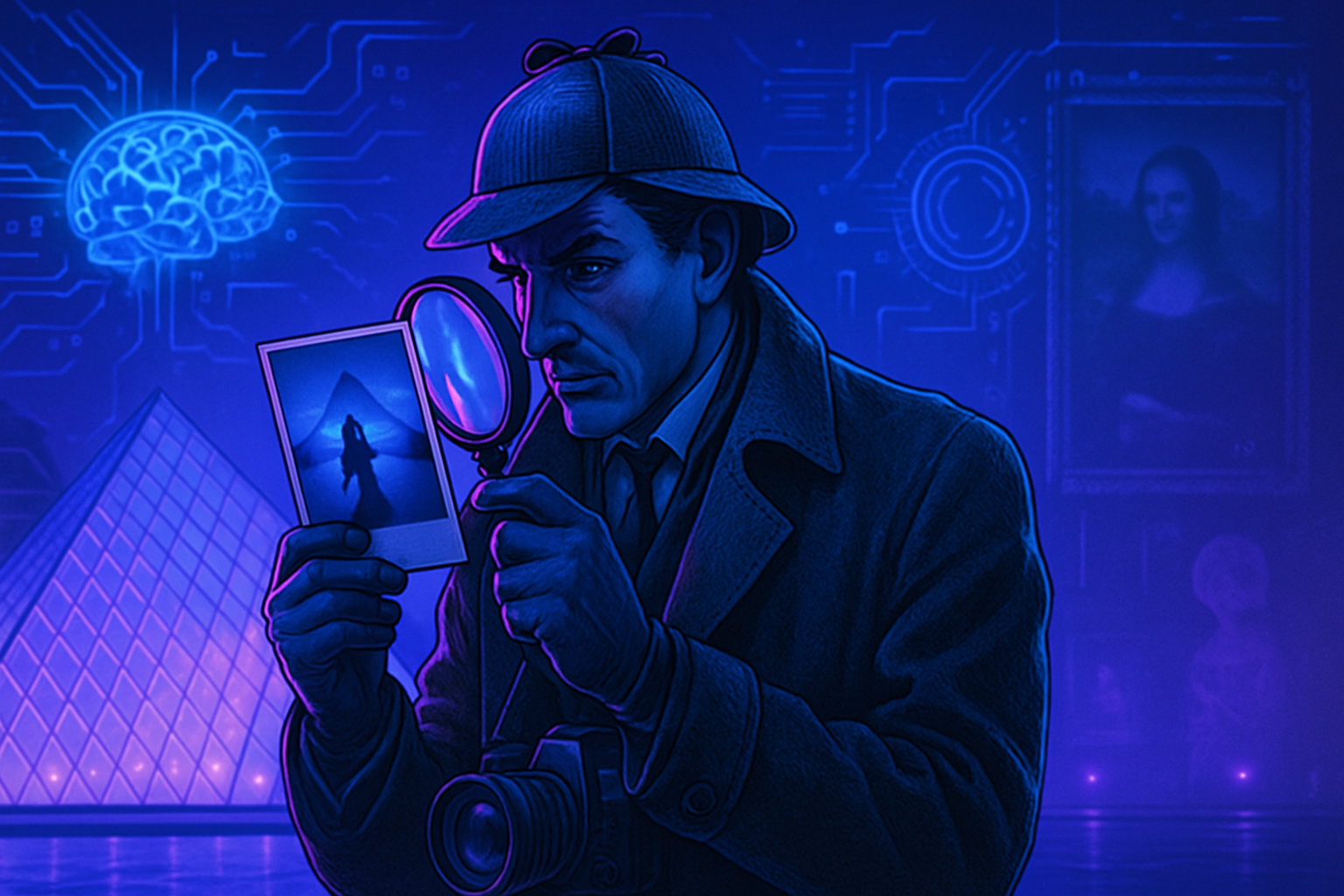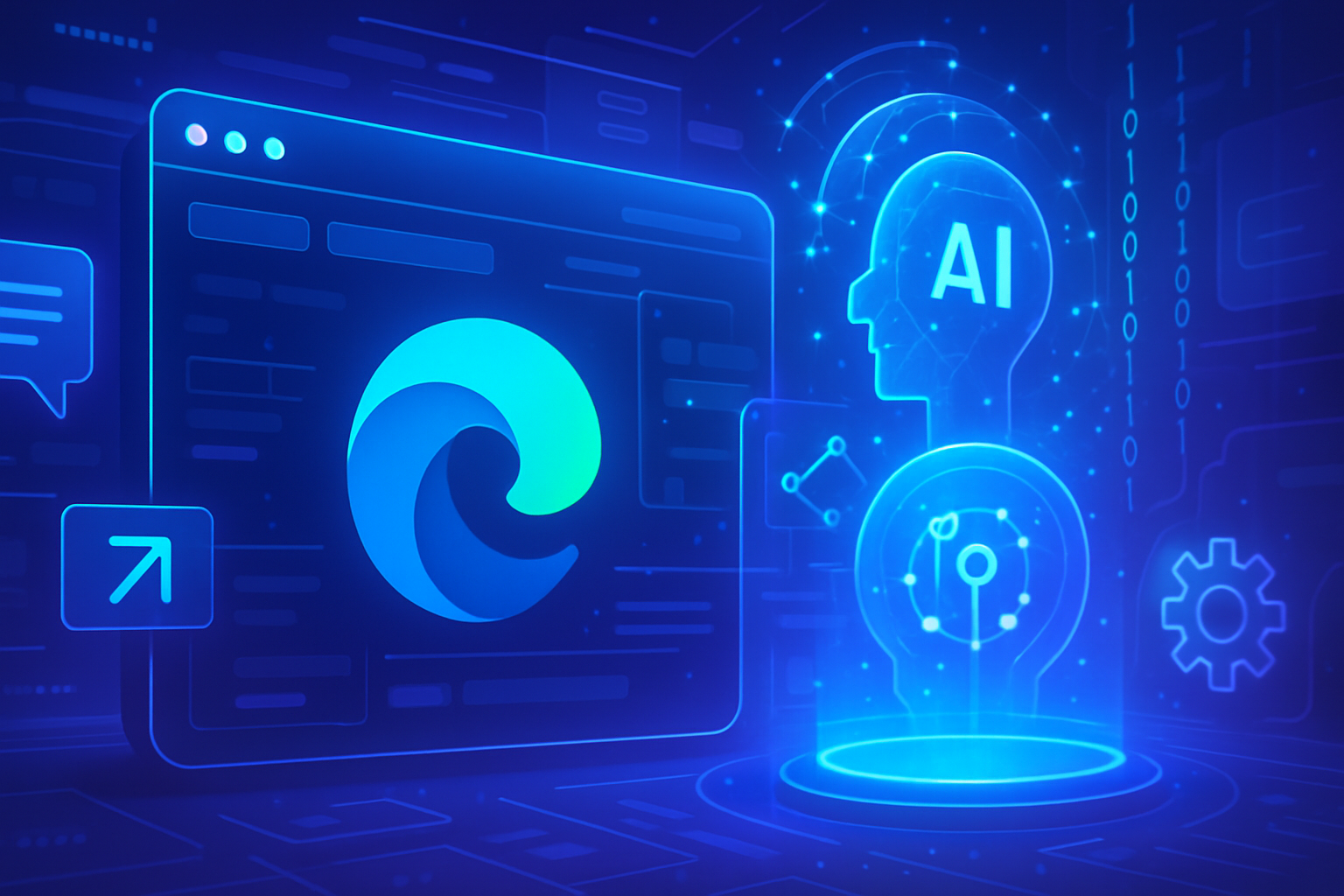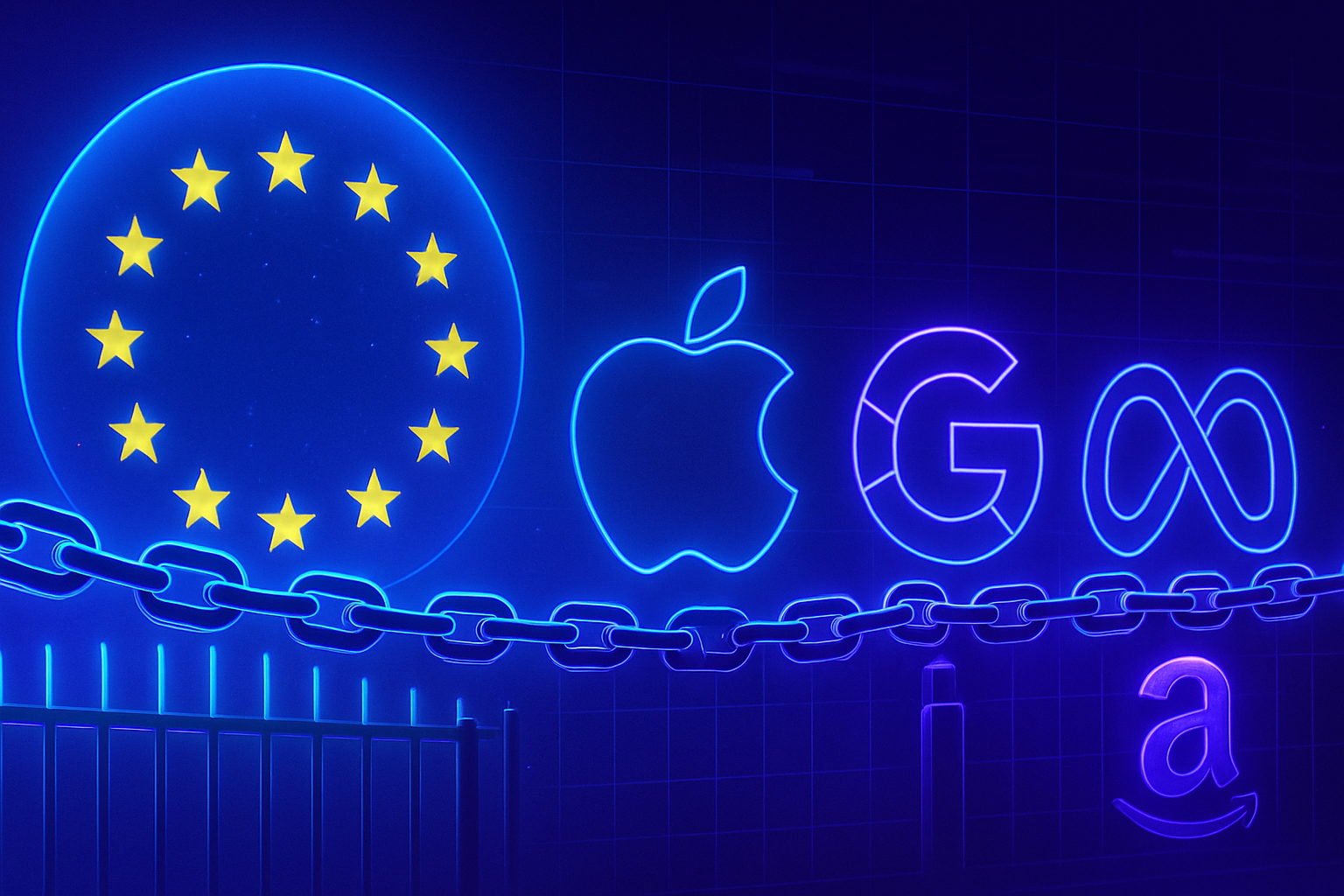The quest for *originality* within *artificial intelligence* raises important issues around copyright. Evaluating the proportion of *protected works* integrated into creations generated by AI poses a major challenge. Several stakeholders in the field decry the abusive use of their work without compensation, exacerbating tensions between innovation and respect for copyright. A recently unveiled platform offers concrete solutions to quantify the impact of these works. Analyzing this issue allows for a deeper understanding of the implications for creators and the technology industry.
A major technological advancement
The platform Vermillio stands out for its ability to trace the use of intellectual property online, particularly that protected by copyright. This tool provides a precise assessment of the percentage of protected material used by artificial intelligence (AI) models. Its functionality relies on the creation of what is called a “neural fingerprint” for each copyrighted work. This thus allows for analysis of the alignment with images generated by AI.
Disturbing results
In research conducted for the newspaper Guardian, Vermillio tested a command demanding a film featuring a time-traveling doctor using a famous cab, a symbol of British culture. This test revealed that the video generated by Google’s AI tool, Veo3, had a correspondence rate of 80% with the fingerprint of the work “Doctor Who,” indicating a strong reliance on protected content.
Furthermore, OpenAI also produced a comparable video that achieved a similarity score of 87%. Similar cases have been observed with other iconic franchises, including “Jurassic Park” and “Frozen.” These results raise pertinent questions about the originality of AI-generated creations.
Creators’ concerns
Creators, such as authors, directors, and musicians, express concerns over the unauthorized use of their works to feed AI models. They demand redress and strict coding of copyright in this context. Companies view unfavorably the possibility that their works may be used without compensation to create tools in direct competition with their production.
Major media outlets, such as Financial Times and Guardian Media Group, have already concluded licensing agreements with OpenAI to regulate the use of their content. Industry stakeholders are calling for stringent regulation to protect their interests.
The challenge of AI models
AI giants like Google and OpenAI face a complex dilemma. Information sourced from the open web fuels their models, but this raises questions of liability. The difficulty in assessing how their systems rely on other artistic works hinders transparency in the creative process. A disparity persists between access to creativity and the protection of copyright.
Legal consequences
The battle for copyright protection is intensifying, particularly in the UK, where a governmental push aims to amend legislation in favor of AI companies. This includes the possibility that protected works could be used without creators’ permission, imposing an opt-out system for them to escape this process. Such a development could have devastating consequences for the creative industry, making it vulnerable to technological sector players.
The case of Anthropic, which recently shelled out $1.5 billion as part of a lawsuit related to the use of protected creations, illustrates the severity of this issue. These facts highlight the urgent need to resolve intellectual property questions in the field of AI. Creators and users demand an immediate cessation of unauthorized practices to protect their creations.
Imperatives for the future
The situation demands increased collaboration between AI companies and content creators. A proactive approach could foster an ecosystem where both parties benefit mutually. A proposal was made by Kathleen Grace of Vermillio to encourage rights holders to share more of their works with AI companies, thus creating a beneficial framework for all.
Discussions about the future of copyright legislation must continue in light of these issues. The responses to the insurmountable concerns of creators will determine the future direction of the industry. Protecting authors’ rights in the face of the rise of AI stands as a major challenge of the 21st century.
Frequently asked questions about the platform revealing the precise amount of copyrighted art used by AI tools
What is the platform that measures the use of copyright-protected art in AI tools?
This platform, like Vermillio, aims to analyze and quantify the extent to which AI tools, such as those developed by Google and OpenAI, use copyrighted works to generate their content.
How does the “neural fingerprint” technology work to detect protected art?
The “neural fingerprint” technology creates a unique digital footprint for each protected work. By comparing this footprint with content generated by AI tools, it is possible to determine the percentage of influence of the protected art on the generated creations.
Are the results of the platform reliable?
Yes, the platform uses advanced algorithms and tracking methods to ensure an accurate assessment of the use of protected works, though exact results may vary depending on the data analyzed.
Does this platform respect the rights of creators?
The platform aims to promote transparency and accountability in the use of protected works, which can help protect creators’ rights by allowing them to be aware of the use of their work.
How can artists benefit from copyright-protected art tracking technology?
Artists can use this technology to monitor and assert their copyright rights, as well as to obtain financial compensation if their work is used without authorization.
Is it possible to opt-out my works on this platform?
Yes, most platforms offering these services include an option for artists and creators to indicate their desire to exclude their works from analysis and use by AI tools.
What are the legal implications of using this technology for AI companies?
AI companies must be cautious in using protected works, as failure to respect copyright can lead to legal action and financial penalties. This technology helps clarify these legal questions.
Can the platform help regulate the use of protected works in AI developments?
Yes, by providing accurate data on the use of protected works, the platform can help formulate clear policies and suitable legislation to regulate the use of works in the field of AI.
Who can use this platform to track the use of protected art?
This platform is accessible to creators, companies, and researchers interested in copyright issues in the context of artificial intelligence.
